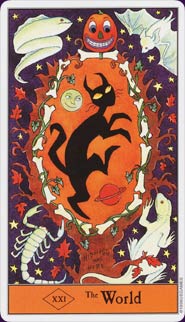
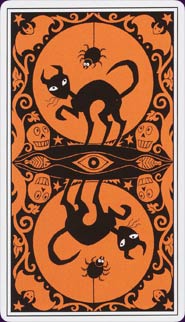 October has come, my favorite time of the year. I have my special rituals during this season, such as reading classic weird tales (Algernon Blackwood and M. R. James are among my top picks for seasonal fun) and evenings watching Universal and Hammer Horror films.
October has come, my favorite time of the year. I have my special rituals during this season, such as reading classic weird tales (Algernon Blackwood and M. R. James are among my top picks for seasonal fun) and evenings watching Universal and Hammer Horror films.
Another tradition I have is dragging out of the sock draw my Essential October Totem: Kipling West’s The Halloween Tarot, published by U.S. Game Systems, Inc. If I ever needed to describe to someone all the wonders of my favorite holiday, all of its joys and sensations and beauties and cross-cultural marvels, I would simply hand them this deck of seventy-eight colorful cards with their black-and-orange silhouetted backs and say, “Look through that. Then you’re ready for October. Now, where’s the candy? You got Pixy Stix? Okay, then I’ll take a Baby Ruth.”
Collecting tarot decks is a minor hobby of mine, one I don’t indulge in that often, but over a decade has brought into my hands about forty different decks, ranging from historical reproductions of the original tarocchi decks of fifteenth-century Italy (back when tarot was simply a game, the origin of the modern playing deck) to utter modern weirdness like The Tarot of Baseball, where The Devil has become The Manager. Tarot, for me, is strictly an art hobby with some historical interest and potential for creating stories from the images. I know the meanings of the archetypal symbols on the cards and the history of how these meanings got invested into a deck of playing cards (there’s some fascinating Renaissance history and 18th and 19th-century occult revival stuff behind it), but have zero belief in the New Age “fortune-telling” aspect of tarot. I just love seeing how different artists interpret the symbolism.
The Halloween Tarot deck is an idealized nostalgic childhood look into Halloween traditions—which include fortune-telling games at parties. Kipling West’s artwork is simple, sturdy, and extremely autumnal and affecting. She based the images on the most famous of modern tarot decks, the Waite-Smith—sometimes called Rider-Waite, after the Rider Card Company that first published it in 1910—that was developed by Arthur Edward Waite and illustrated by Pamela Coleman Smith. This is the deck that almost everyone thinks of when they imagine tarot; Smith’s images, especially for the numbered cards (which were rarely fully illustrated in older decks) have become the standard template for most modern deck interpretations.
…
Read More Read More
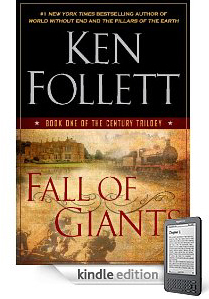 The New York Times is reporting that two recent bestsellers — Fall of Giants by Ken Follett, and Don’t Blink by James Patterson and Howard Roughan — are priced higher in their e-book versions than in print by Amazon.com.
The New York Times is reporting that two recent bestsellers — Fall of Giants by Ken Follett, and Don’t Blink by James Patterson and Howard Roughan — are priced higher in their e-book versions than in print by Amazon.com. It’s the first of October and that means the countdown has started.
It’s the first of October and that means the countdown has started.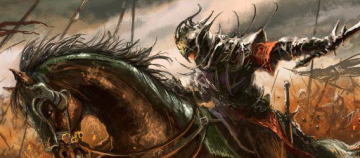
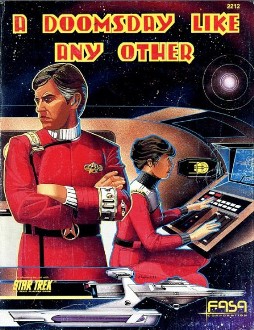
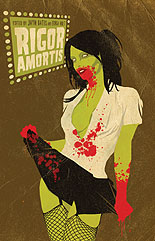

 October has come, my favorite time of the year. I have my special rituals during this season, such as reading classic weird tales (Algernon Blackwood and M. R. James are among my top picks for seasonal fun) and evenings watching Universal and Hammer Horror films.
October has come, my favorite time of the year. I have my special rituals during this season, such as reading classic weird tales (Algernon Blackwood and M. R. James are among my top picks for seasonal fun) and evenings watching Universal and Hammer Horror films.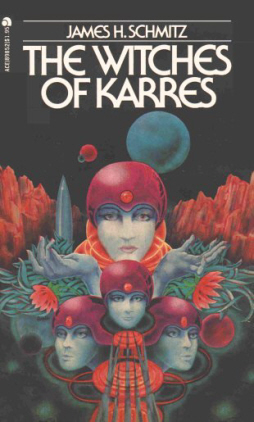 I decided to review The Witches of Karres mostly because I remember seeing some sequels, written by different authors, as James H. Schmitz died in 1981.
I decided to review The Witches of Karres mostly because I remember seeing some sequels, written by different authors, as James H. Schmitz died in 1981.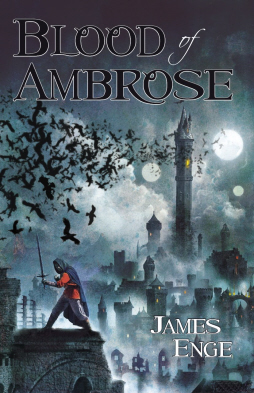

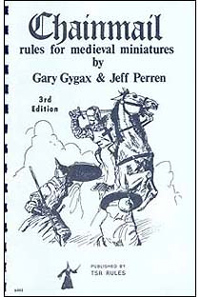 I’m an old TSR module fan, and as such I’ve always been intrigued by how the concept of such media came into existence. For the most part they fall in series, kind of like writers follow Tolkien with the concept of connected books and characters in a trilogy. It makes perfect sense, especially if you’re trying to create an extended campaign with a gaming group that meets on a regular basis. Series modules facilitate that, and recently I had the opportunity to chat with one of the original designers of a TSR foundation adventure path, the L Series ‘Lendore Isles.’
I’m an old TSR module fan, and as such I’ve always been intrigued by how the concept of such media came into existence. For the most part they fall in series, kind of like writers follow Tolkien with the concept of connected books and characters in a trilogy. It makes perfect sense, especially if you’re trying to create an extended campaign with a gaming group that meets on a regular basis. Series modules facilitate that, and recently I had the opportunity to chat with one of the original designers of a TSR foundation adventure path, the L Series ‘Lendore Isles.’